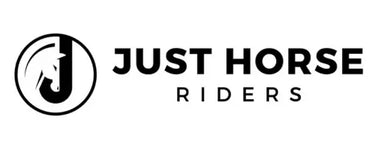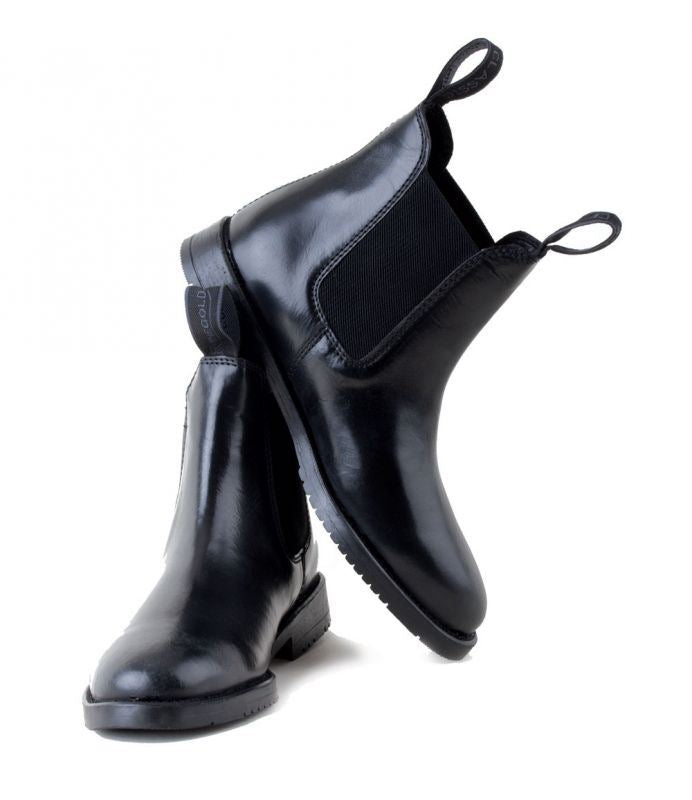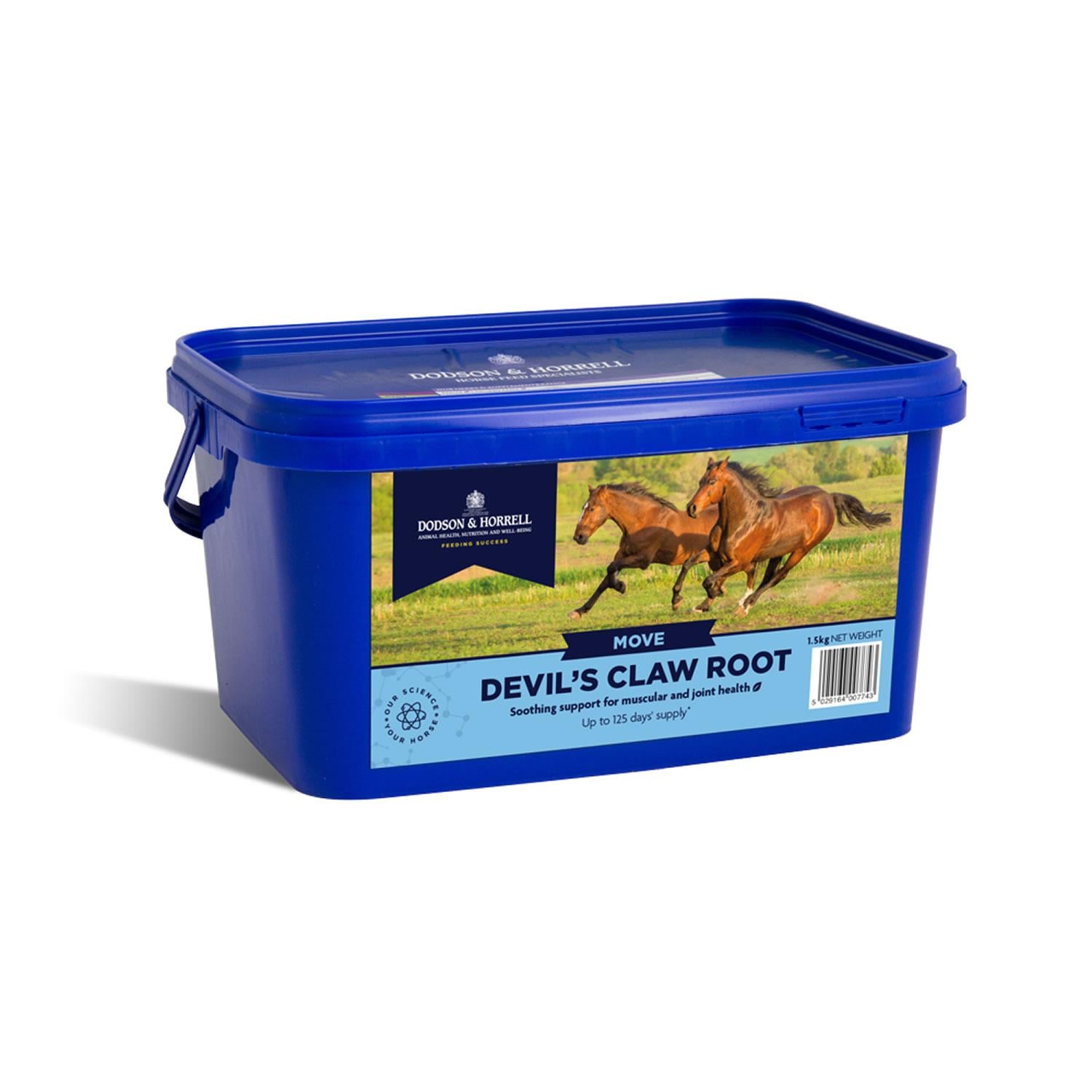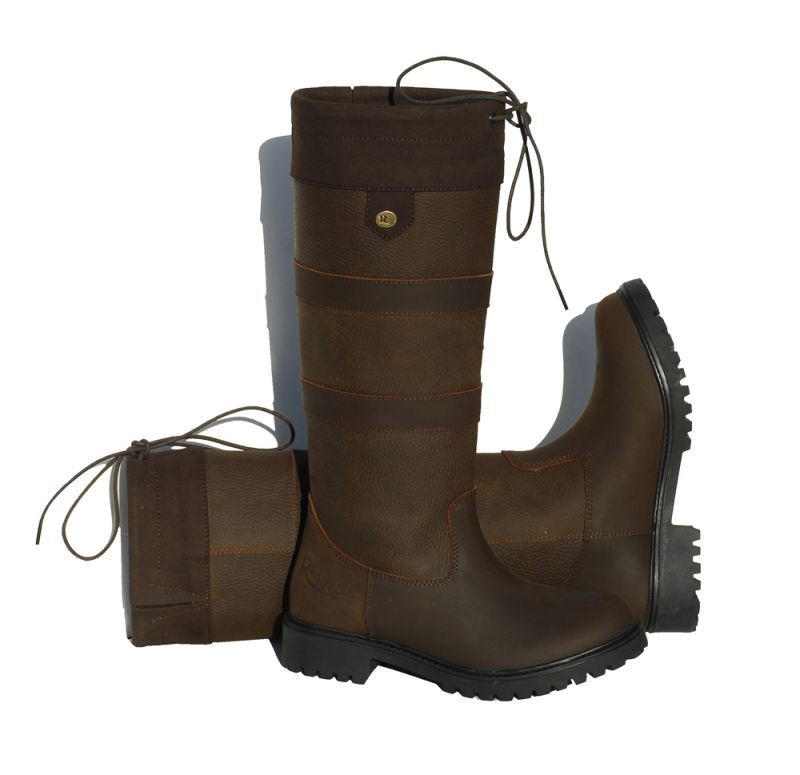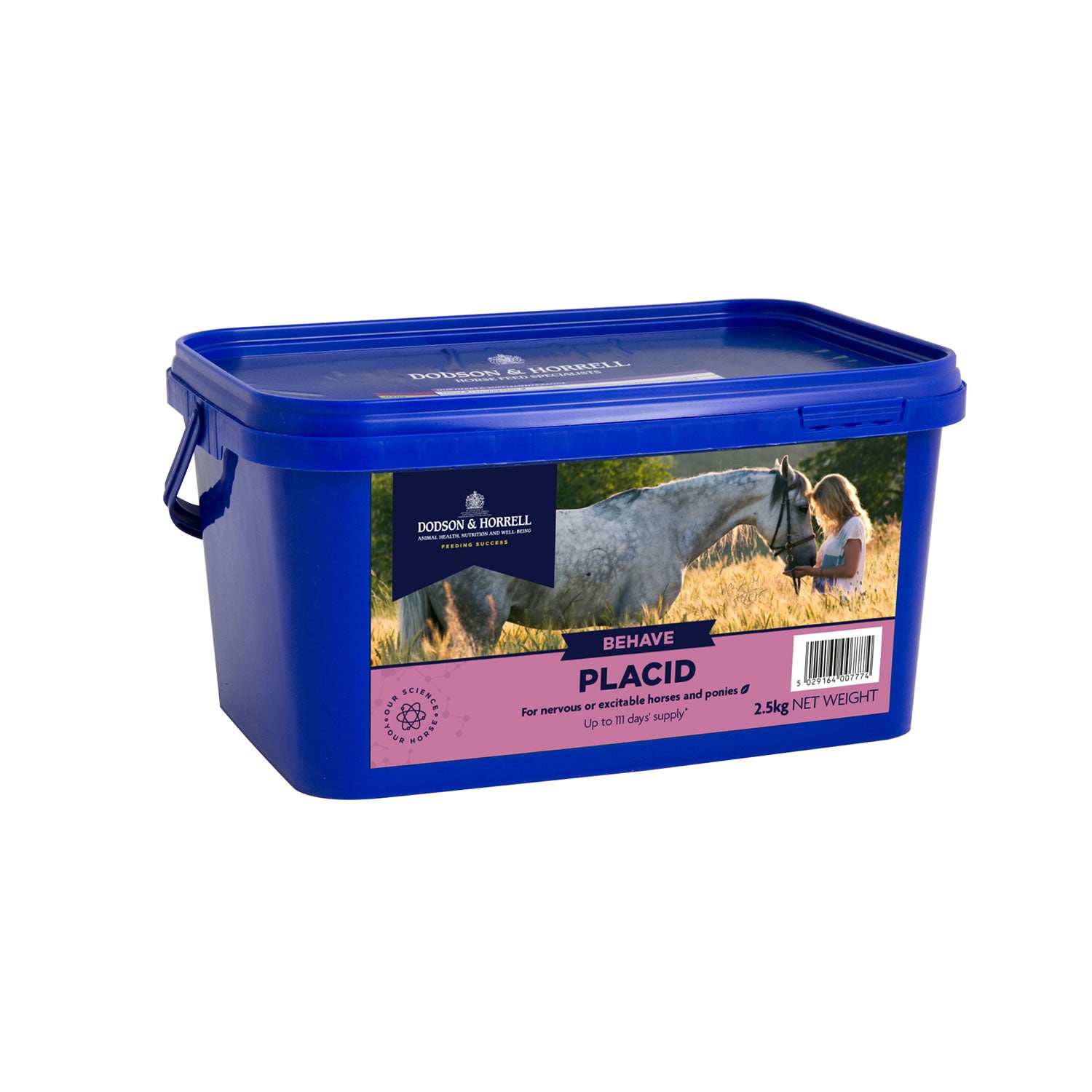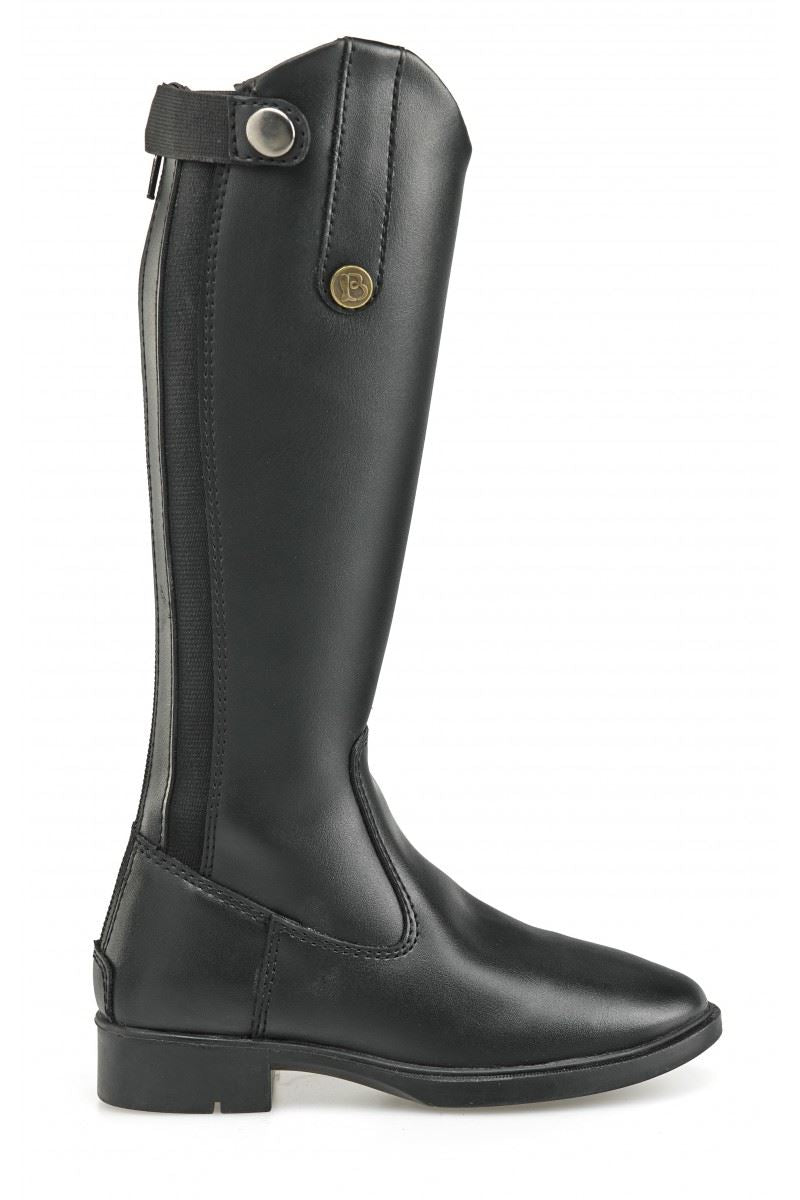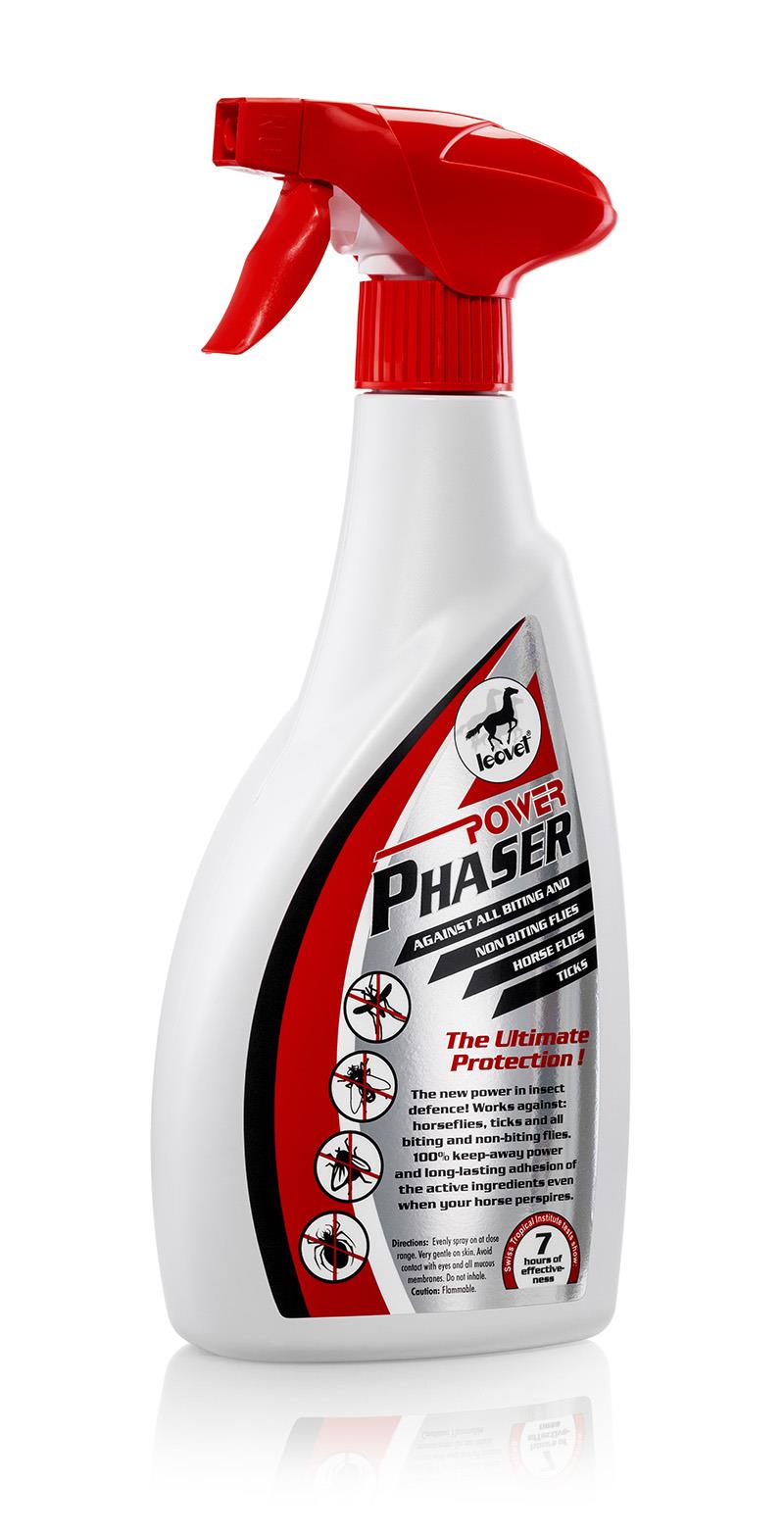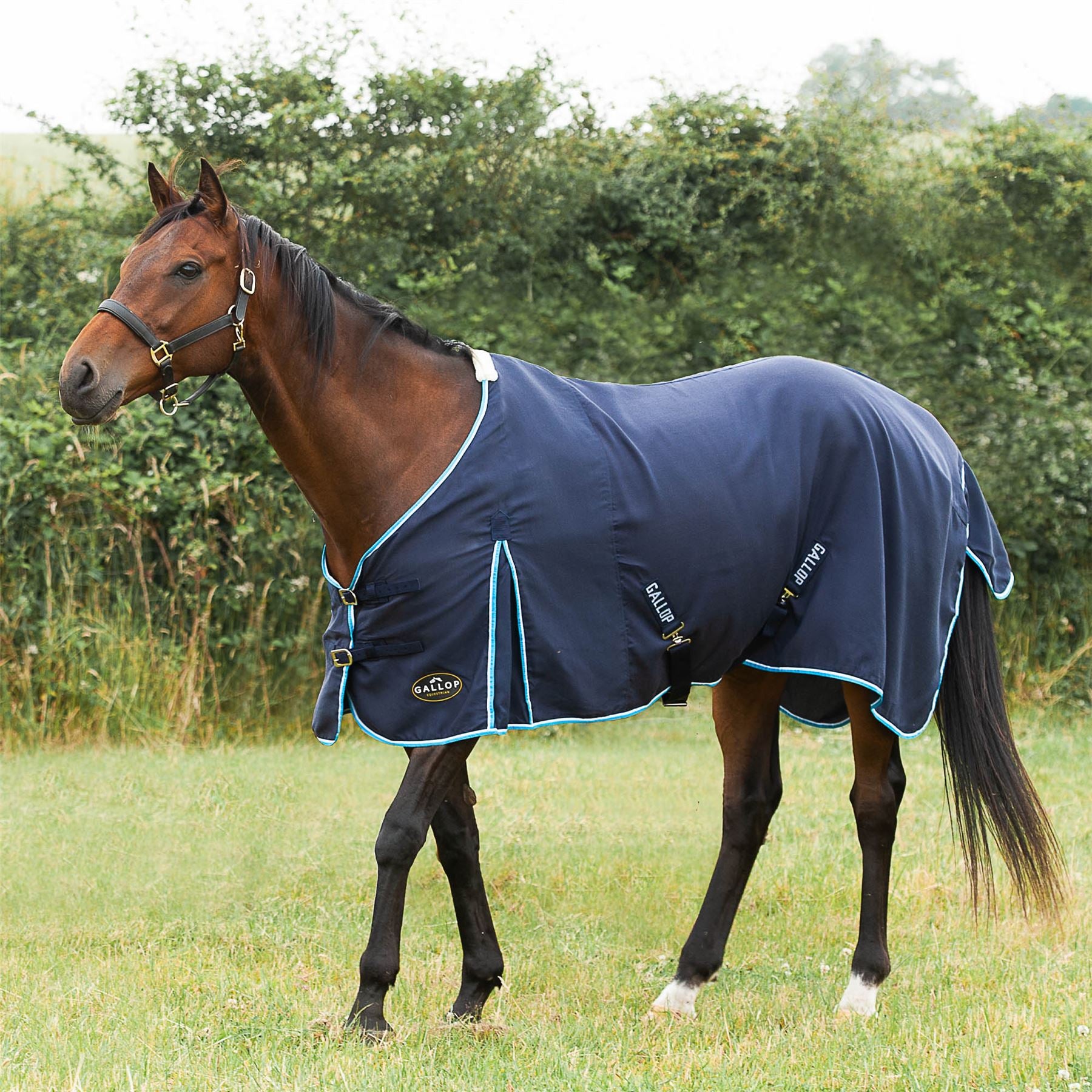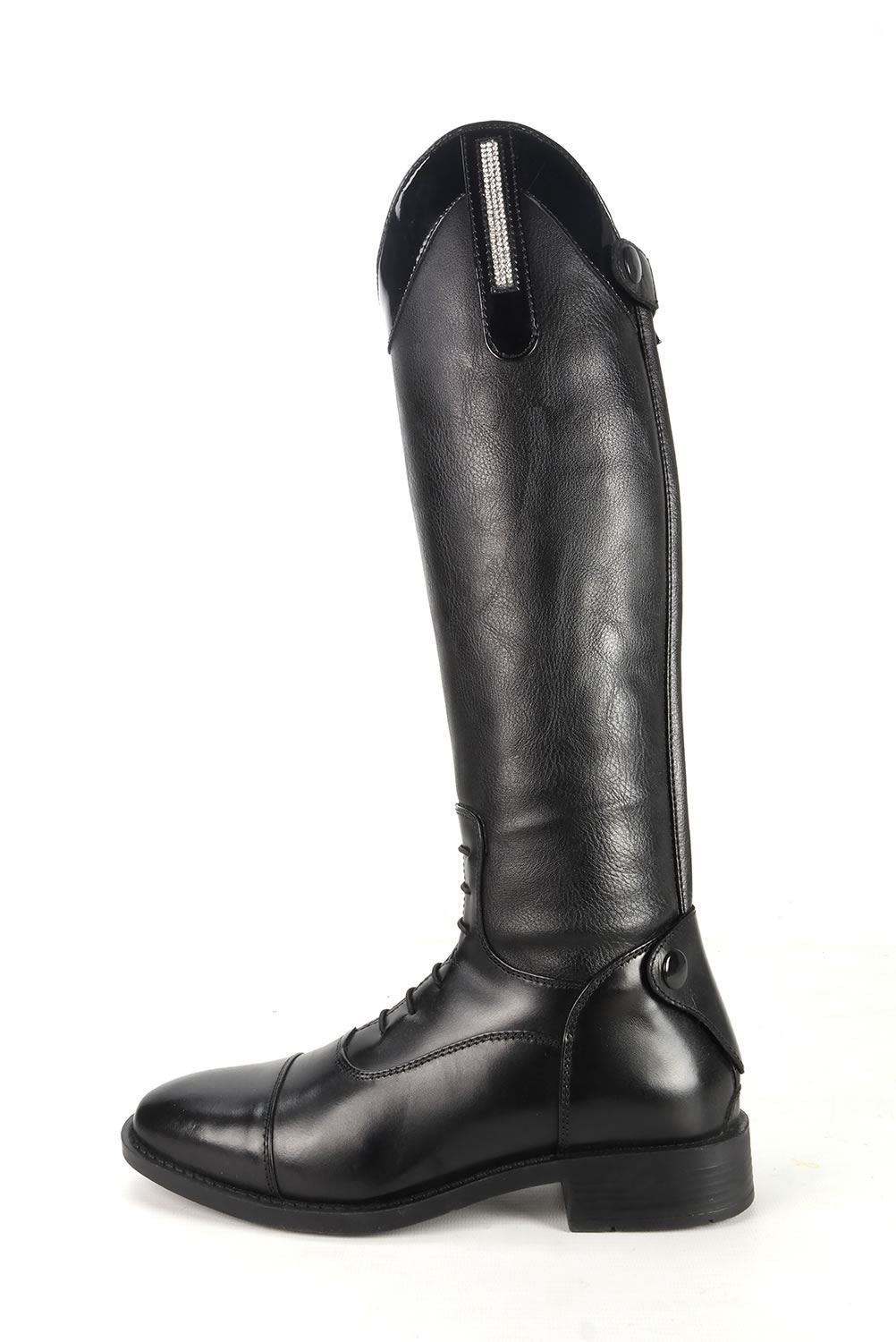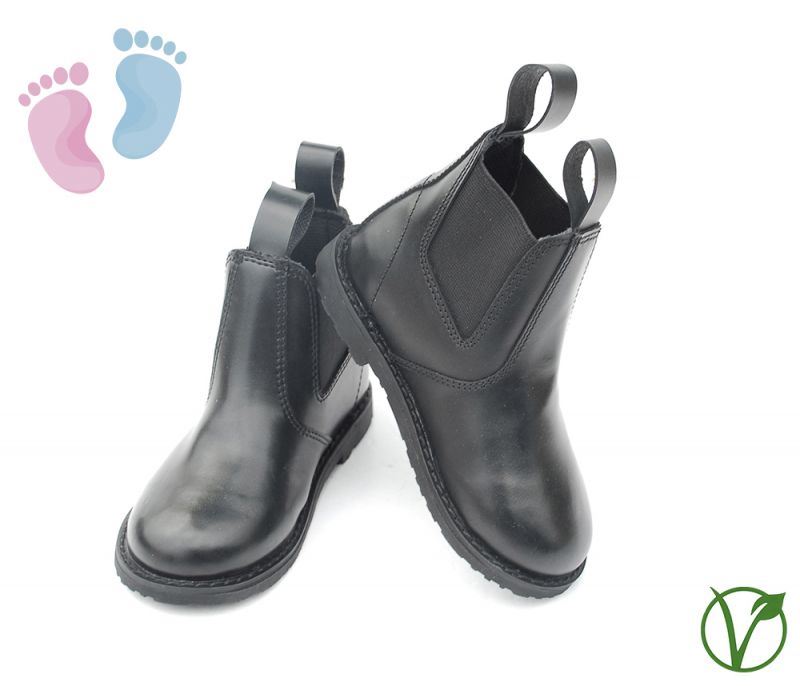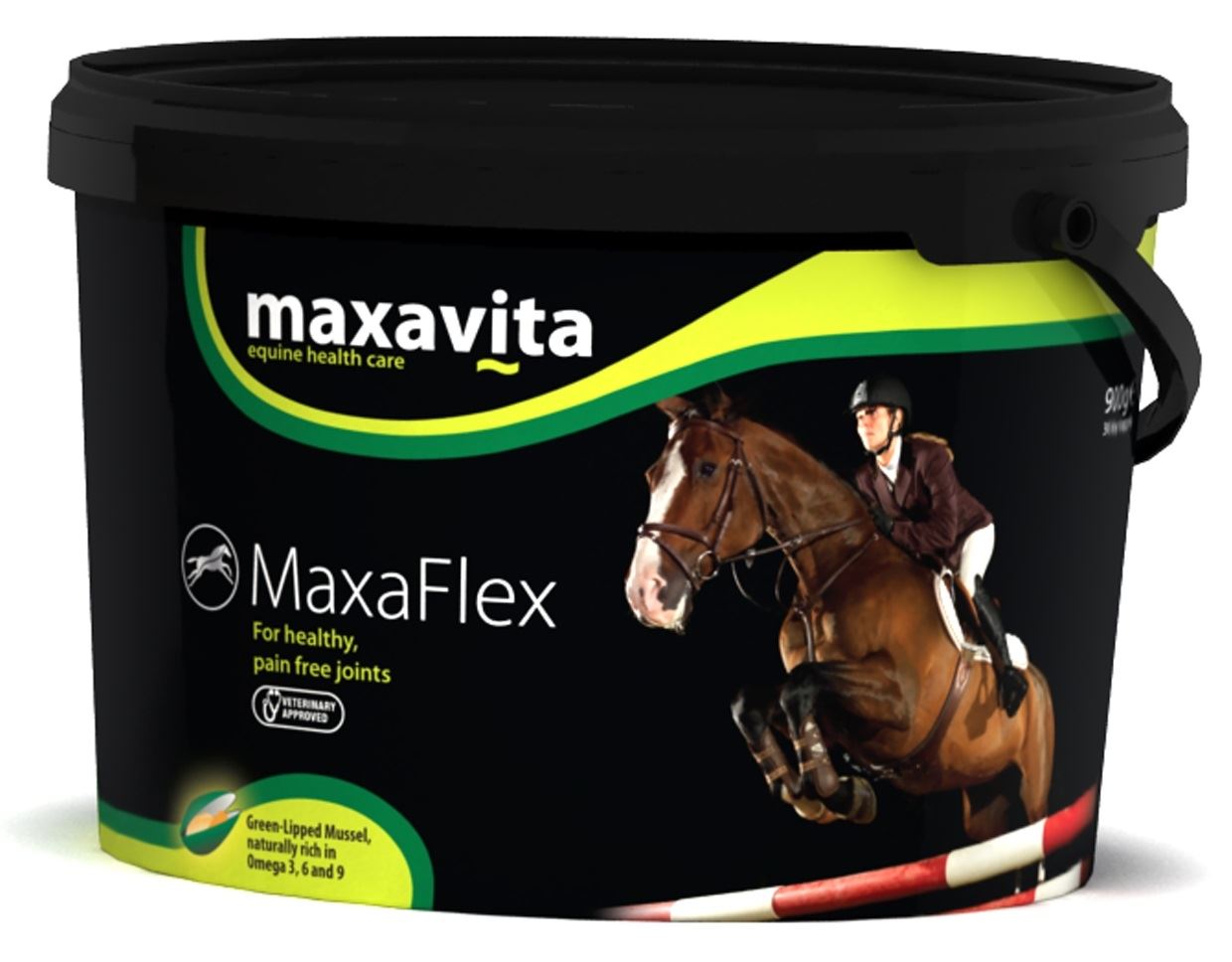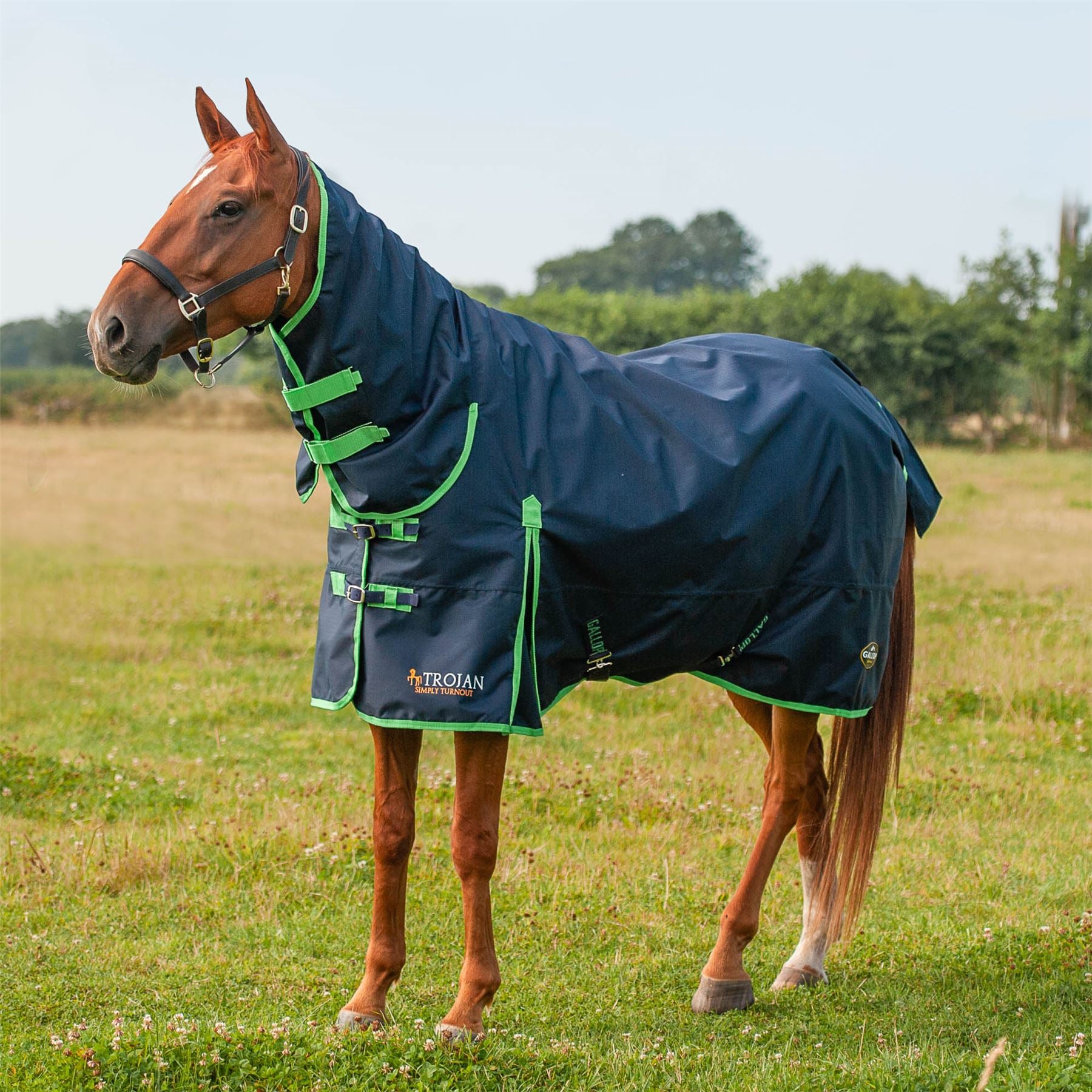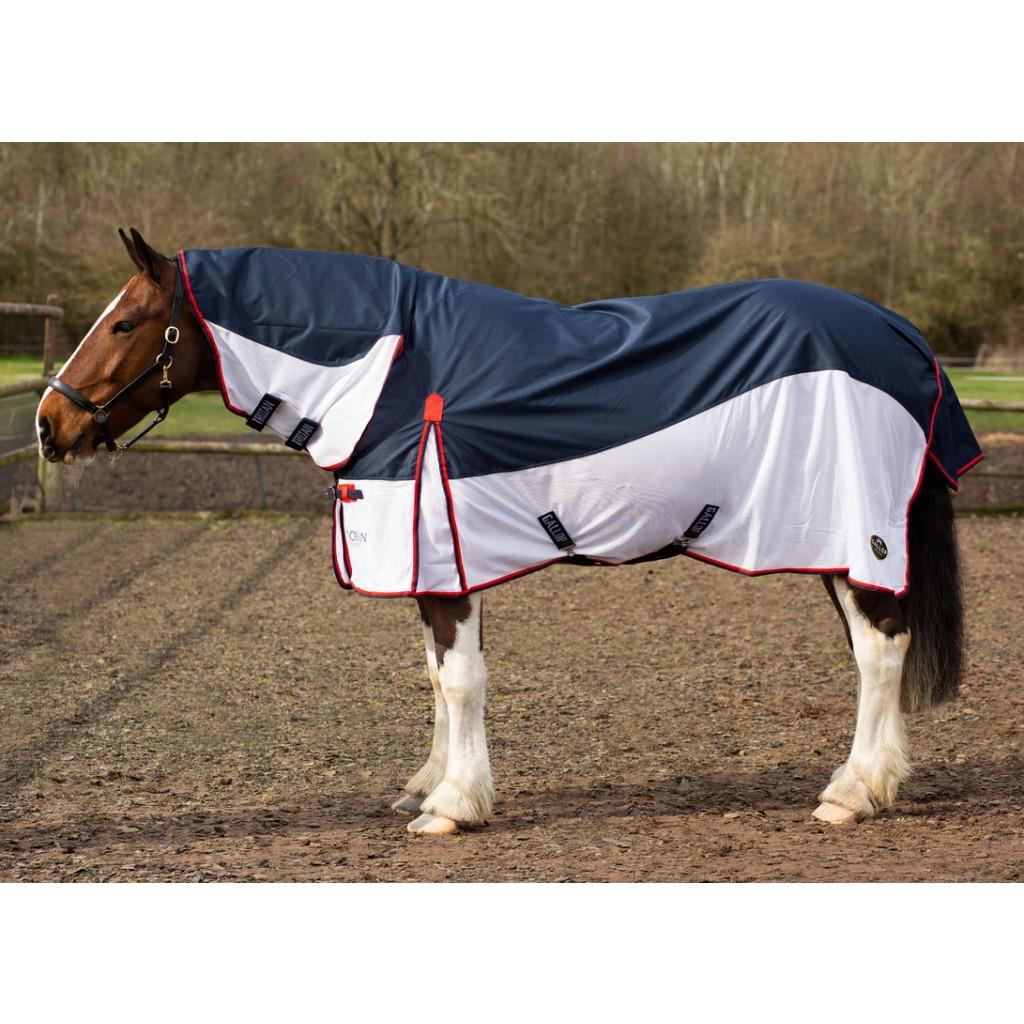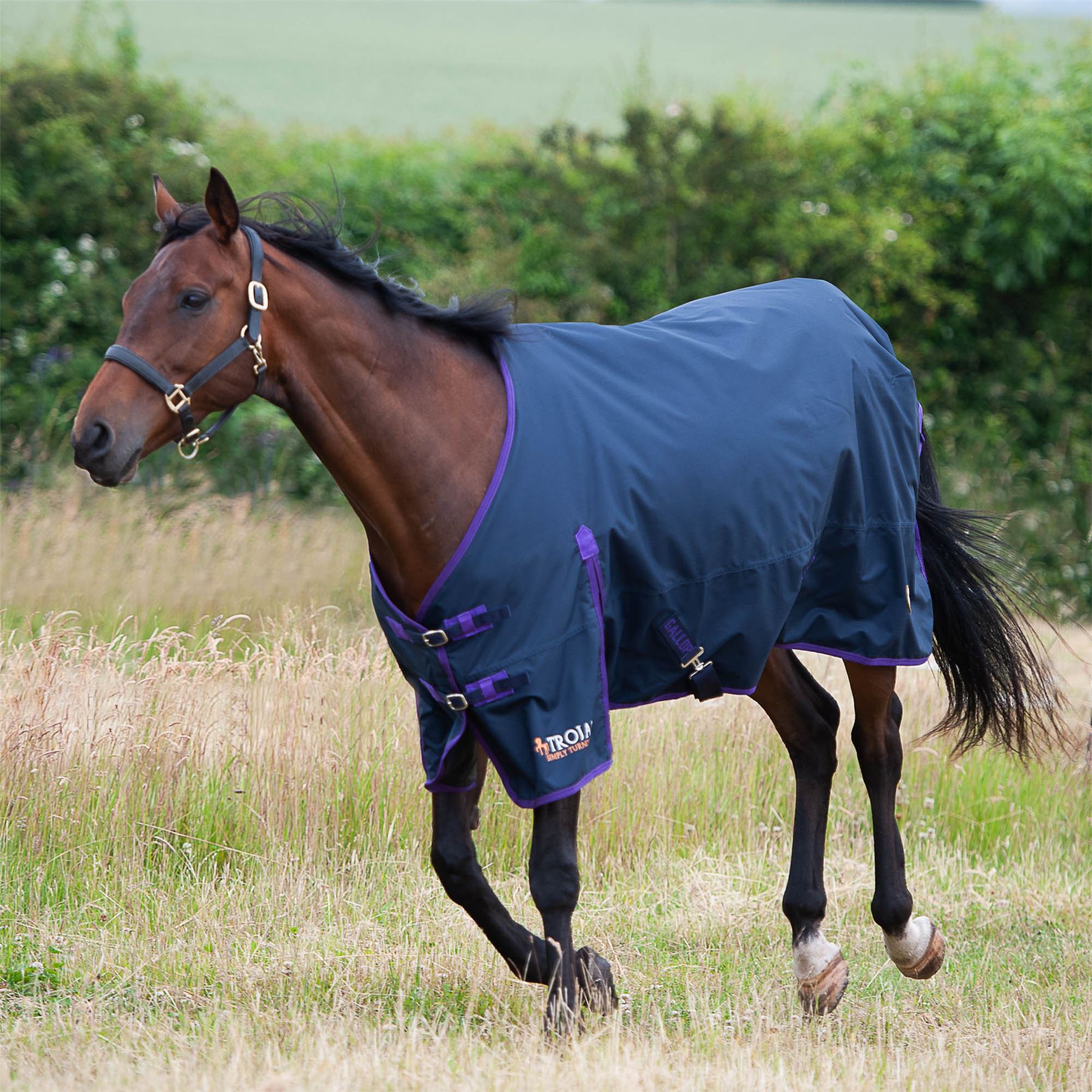Equine Coronavirus Strikes Again: A Comprehensive Guide
The equine enthusiast world has recently reeled upon learning that a horse in Kitsap County, Washington, has been diagnosed with equine coronavirus (ECoV). A virus best known for its impact on younger horses seems to be expanding its grip to include adult horses too. Here, we dive into the nitty-gritty of ECoV, how it spreads, and the precautionary measures required to keep our equestrian companions safe.
The Incident and Reaction
The discovery of an ECoV case in Kitsap County has sent ripples through the local equine community. Upon detection, the infected horse was placed in a voluntary quarantine as a precautionary measure, with three other horses suspected of exposure. Quarantines might not be anyone's idea of fun, but they are critical in halting the virus's path.
Understanding Equine Coronavirus: The Intestinal Villain
Equine coronavirus is a highly infectious virus primarily impacting a horse's intestinal tract. Symptoms often mirror a rather bad flu, including fever, lethargy, and loss of appetite—not to mention the more severe colitis and endotoxemia. Originally thought to lurk among foals, ECoV is rearing its infectious head in adult horses, especially during the chillier winter months. This brings new challenges to equine disease management.
Transmission Routes: More Than Just a Dirty Joke
The virus is known to spread primarily through contact with contaminated fecal matter. It seems that hygiene isn't just for show after all! The incubation period for ECoV is a short 48 to 72 hours. Symptoms may last a week, but what's particularly sneaky is that a horse can shed the virus in its feces for up to three weeks, necessitating vigilant management of manure. Oh joy!
Health Impact and Safety Measures
The impact of ECoV isn’t just limited to an upset tummy. It can spiral into severe gastrointestinal disorders, potentially becoming life-threatening if left unchecked. Ensuring an environment that matches a sterile operating room might sound extreme, but hygiene is the knight in shining armor here. Equine caregivers are encouraged to follow strict cleanliness protocols, consider quarantine measures for affected horses, and remain observant for any signs of illness.
The Unsung Hero: Equine Disease Communication Center (EDCC)
Enter the Equine Disease Communication Center (EDCC)—the cavalry in the fight against equine diseases. This organization plays a pivotal role in early detection and dissemination of information regarding equine diseases. The EDCC works tirelessly to make sure disease intelligence circulates efficiently—just like a well-oiled machine—ensuring horse owners can react promptly and prevent further spread. Think of them as the equestrian version of the Centers for Disease Control and Prevention.
Looking Ahead: Research and Vigilance
This recent case isn't just an isolated incident but a clarion call for increased research into the progression of coronavirus in horses. There's a real need to understand the equine microbiome and immunity. Deep dives into these areas can illuminate paths to create more robust preventive measures and treatment protocols. Meanwhile, continuous evaluation of current veterinary practices can keep the pandemic at bay in the equine world.
In conclusion, this recent confirmation in Washington underscores the critical importance of vigilance and proactive measures among the equine community. By adhering to strict hygiene protocols, thoroughly cleaning facilities, and keeping a keen eye out for horse health symptoms akin to amateur hemming, horse owners can help safeguard their beloved animals from this insidious virus. So keep those horse brushes handy, disinfect like there’s no tomorrow, and may the force be with our equine friends.
Source: The Horse
